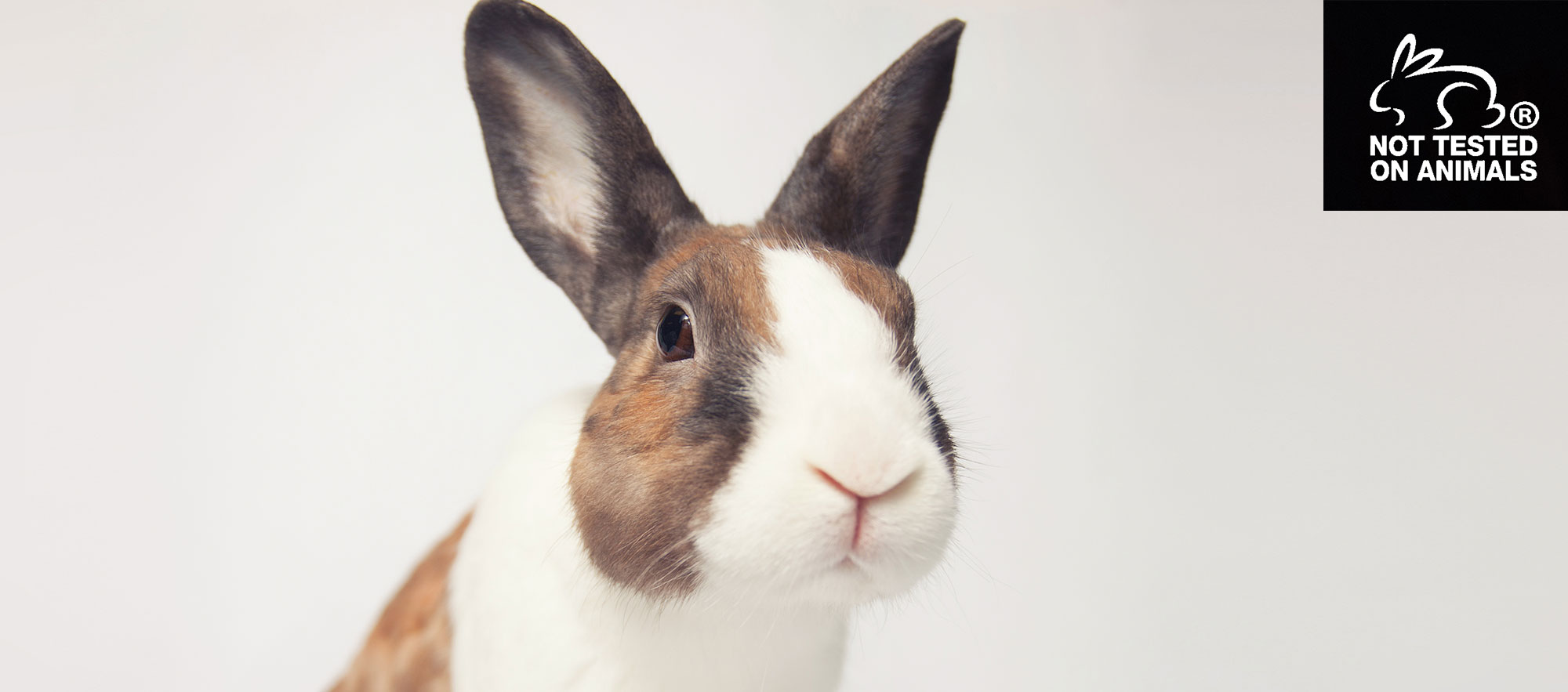This post aims to demystify ingredients on cosmetics labels with the help of our founder Fabio. Following many years in the luxury well-being and beauty industry and a background in chemistry, Fabio has a passion for ingredients and has spent countless hours researching, testing the finest natural and organic ingredients, scrutinising their provenance, botanical properties and qualities while step by step perfecting our products and helping many other brands along the way. Here he gives some tips for consumers to understand cosmetic ingredients labels:
How to read make up ingredients labels like a pro
The Australian Competition and Consumer Commission ACCC as well as the Food and Drug Administration (FDA) require ingredients to be listed in descending order calculated by either mass or volume.
This will give you some insight into the main content of the product and help you compare with other products you use daily. Because there are many common ingredients across different products and many are applied daily your total exposure could reach unsafe levels, even if the level of hazardous ingredient is low in one product.
The Environmental Working Group’s Skin Deep Cosmetic Safety Database allows you to look up products and assess the ingredients based on data in toxicity and regulatory databases, government and health agency assessments and the open scientific literature.
Remember, just because it’s expensive doesn’t always mean it’s better!

Here at Make UP Cosmetics we don’t use nano-sized particles; our raw materials are screened and documented as free from nano-particles.
Alcohol free
Some products are promoted as being “alcohol free” which consumers believe can dry out their skin or hair. However ‘alcohols’ are part of a large and diverse family of chemicals with a variety of effects on the skin. Isopropyl alcohol, which can be drying to the skin, is rarely used in cosmetics.
Cosmetics may contain other alcohols, such as cetyl, stearyl, cetearyl, or lanolin alcohol. These are known as fatty alcohols.
Cruelty Free or not tested on animals
In Australia Choose Cruelty Free (CCF) is a not-for-profit organisation which campaigns against animal testing. To gain accreditation companies must meet strict criteria – ‘products and none of its product ingredients have ever been tested on animals by it, by anyone on its behalf, by its suppliers or anyone on their behalf’. CCF also has a strict policy on animal-derived ingredients.

Make Up Cosmetics is proud to be accredited Choose Cruelty Free.
Look out for irritating and toxic ingredients
Common ingredients which can cause allergic, skin and eye irritation and other reactions include:
- Preservatives like parabens, isothiazolones or formaldehyde
- Surfactants like sodium lauryl sulphate
- Bismuth Oxychloride known skin irritant
- Hardeners such as bisphenol A
- Antibacterial chemicals including triclosan
- Phtalates affect the hormonal system
- Derivatives of acrylic acid (e.g. carbomer, methacrylates)
- EDTA (ethylenediaminetetra acid) is moderately toxic by ingestion
- Imidazolidinyl Urea known carcinogenic
- Retinol (Vitamin A) is moderately toxic by ingestion and a potential teratogen
- Diethanolamine (DEA) known carcinogenic

